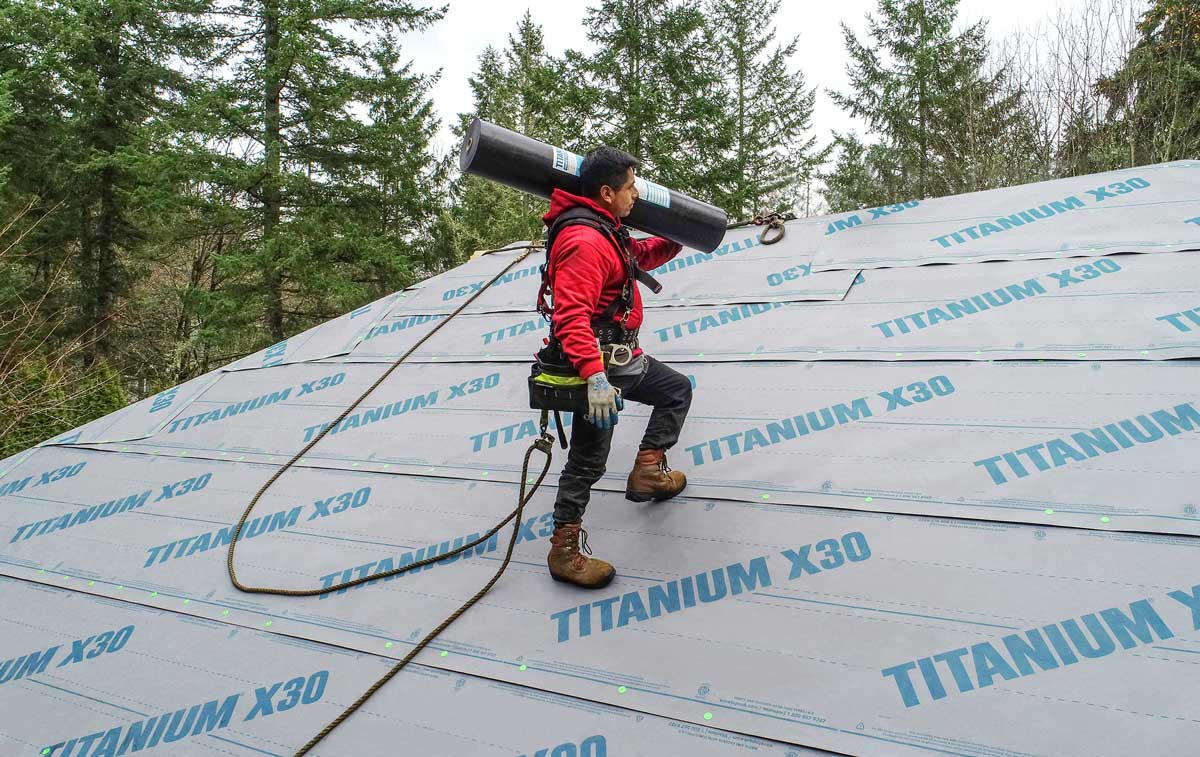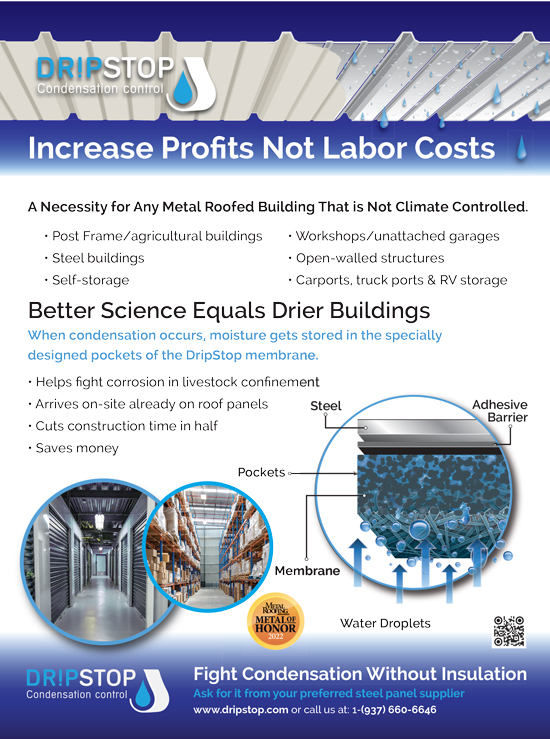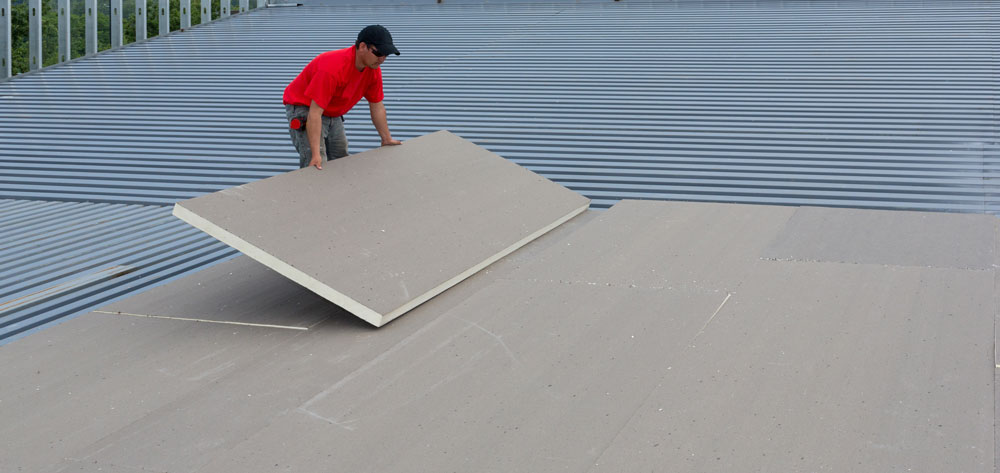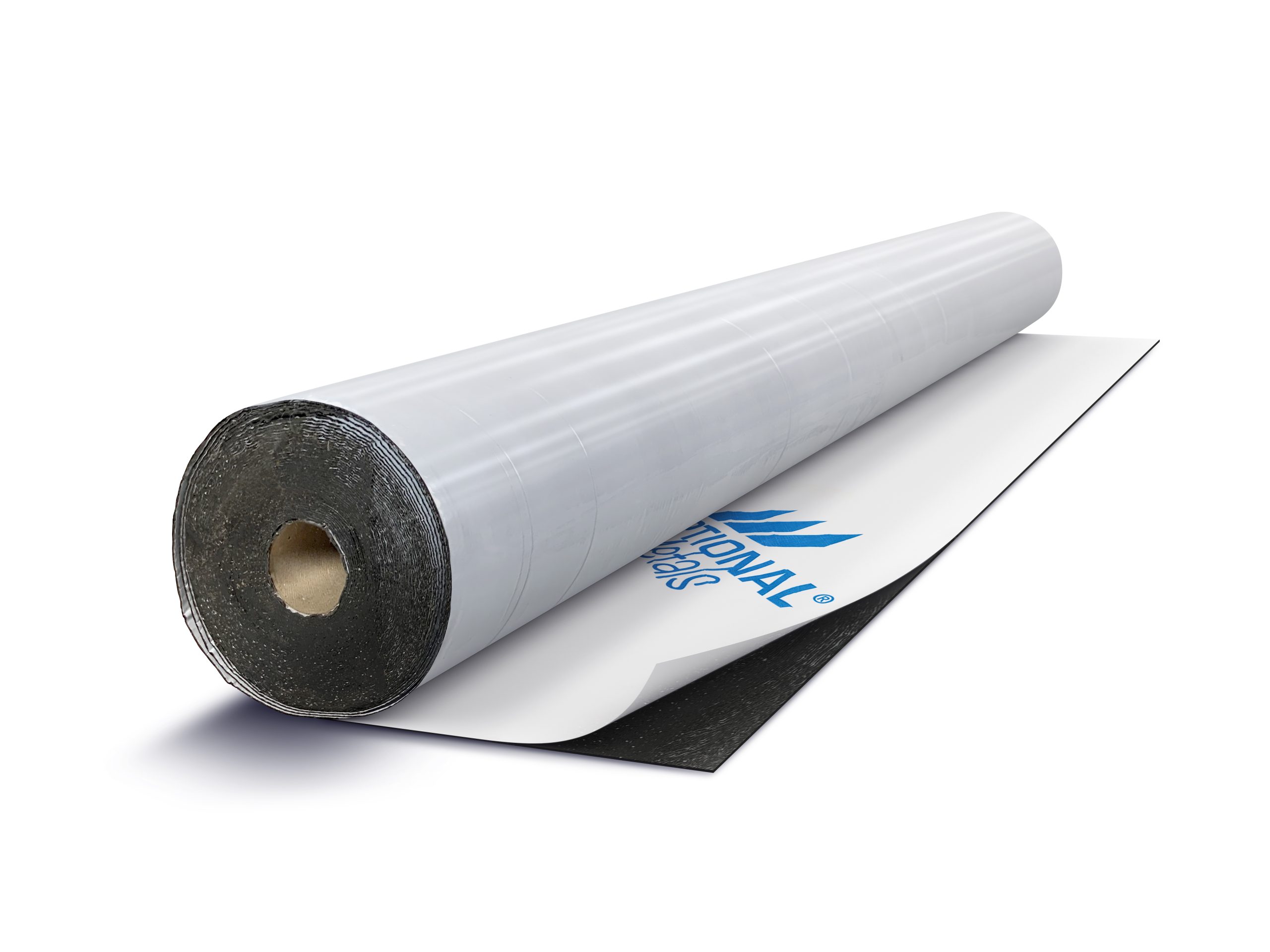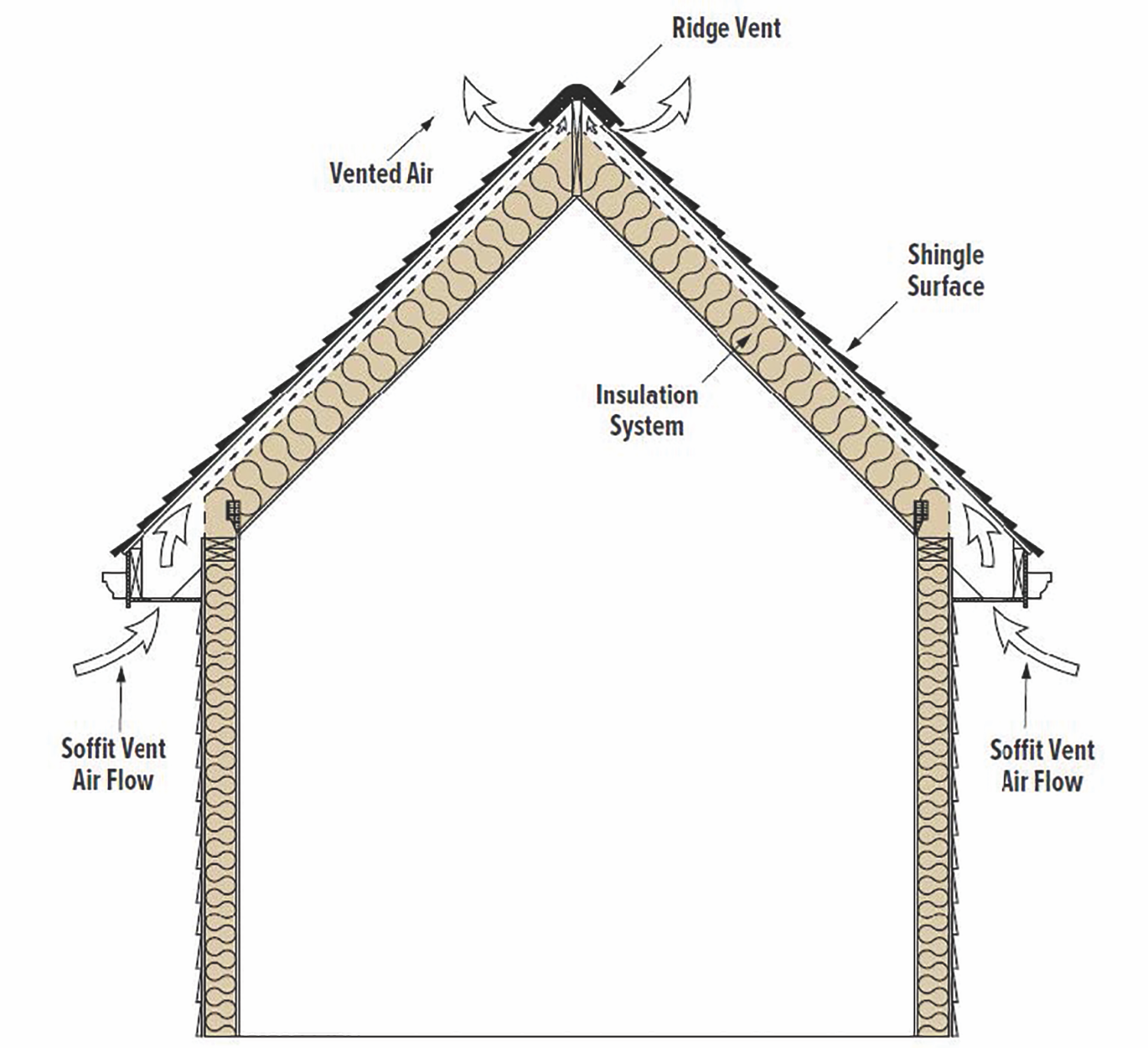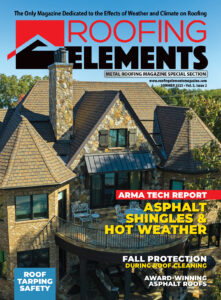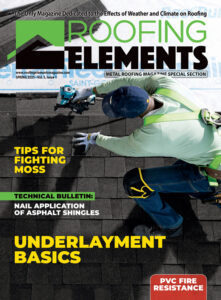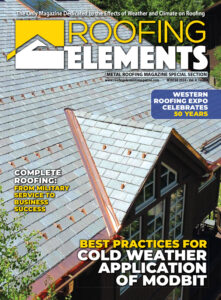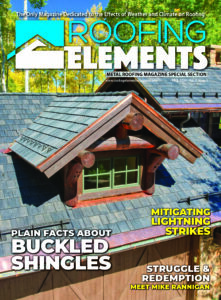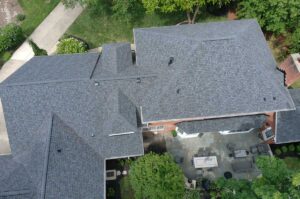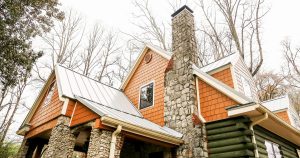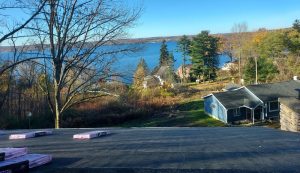By Karen Knapstein
As roofing professionals, you know that the roof system is only as strong as its weakest link. While most of the focus is often placed on shingles, tiles, or metal panels, there’s another critical layer that’s just as important in ensuring the longevity and performance of the roof: the underlayment. It’s the unsung hero of the roofing system—providing an extra layer of protection against the elements, moisture infiltration, and even contributing to energy efficiency.
With the variety of roofing materials on the market today, it’s important to understand which underlayment works best for different roofing systems and conditions. Choosing the right type of underlayment, always following local building codes, not only improves the performance of the roof but also helps meet building codes and delivers long-lasting protection for homeowners. In this article, we’ll break down the most common types of underlayment used in various roofing systems and why certain options are better suited for specific roofing materials and climates.
The Basics of Roof Underlayment
Before we dive into the different types of underlayment, it’s important to understand what an underlayment does. Roof underlayment is a layer of material installed directly onto the roof deck before the roofing material (like shingles or metal panels) is installed. Its primary purpose is to provide a secondary barrier against water infiltration, prevent leaks, and protect the roof deck from damage.
Underlayments also enhance air flow which keeps the roof cooler and extends the life of the finished roofing system.
Additionally, when addressing fire resistance in steep-slope roof installations, there are just a few products. One is a nail-down coated fiberglass product that has been in the market for some time. Plus, there are two relatively new asphalt-based self-adhered roof underlayments. This is an important niche that has become a focus after the recent, devastating fires in Hawaii, California, etc.
Choosing the right underlayment is critical, and it’s a decision that varies depending on the roofing system, the climate, and the unique needs of the building. Now, let’s take a closer look at the various underlayment options available and their best applications.

Photo courtesy of CertainTeed.
MWI Components offers several synthetic and self-adhering underlayment products. Photo courtesy of MWI Components.
MFM Building Products Wind & Water Seal. Photo courtesy of MFM Building Products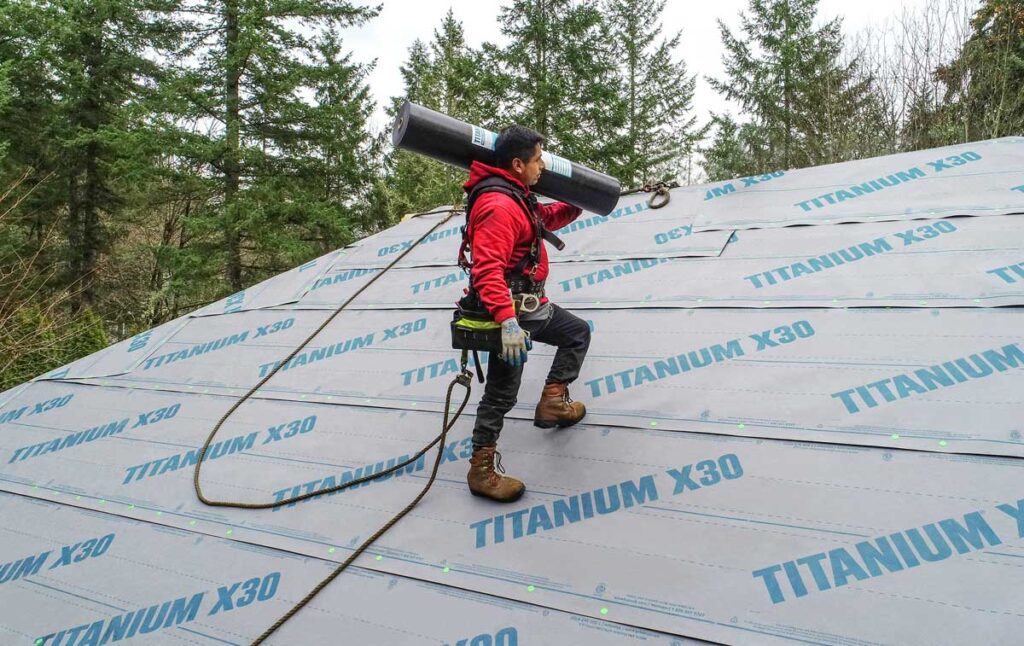
Titanium X30 underlayment. Photo courtesy of Owens Corning/Titanium
1. Asphalt-Saturated Felt
Composition: Asphalt-saturated felt, often called “organic felt,” is made from paper or fiberglass saturated with asphalt. It’s available in two primary weights: #15 and #30 felt, with the heavier #30 variety offering more durability.
Best For: Traditional asphalt shingle roofs, in moderate climates.
Why It Works: Asphalt-saturated felt has been the industry standard for years and is commonly used beneath asphalt shingles. It provides a reliable moisture barrier, especially in moderate climates where rain isn’t excessive and temperatures don’t fluctuate dramatically. The #30 felt offers increased resistance to tearing. While #30 felt is better than #15 felt, neither does well in windstorms.
Limitations: In climates with high humidity or heavy rainfall, asphalt-saturated felt may not be the best option. Over time, it can degrade due to moisture absorption, and it tends to tear easily when compared to synthetic alternatives. Its limited water resistance means it may not provide adequate protection in extreme conditions.
Saturated felts also are susceptible to wind damage, often ripping off sections of the felt leaving the roof deck unprotected. Also, felts do not offer much resistance to UV rays, so they need to be covered as soon as possible.
2. Synthetic Underlayment
Composition: Synthetic underlayment is made from materials like polypropylene or polyethylene. It is lightweight, tear-resistant, and often comes with a slip-resistant surface, making it easier to handle during installation. Some versions are breathable, allowing moisture to escape from beneath the roofing material. As asphalt shingles and standing seam metal roofs are considered “vapor barriers,” creating an air gap above breathable roof underlayments should be considered.
Best For: Asphalt shingles, metal roofs, and tile roofs in various climates.
Why It Works: Synthetic underlayment is a significant upgrade over asphalt-saturated felt due to its superior durability and resistance to both UV rays and moisture. It is ideal for regions with variable weather conditions, as it provides better protection against water infiltration. Furthermore, synthetic underlayment is much lighter and easier to install, saving time during the roofing process.
Limitations: Synthetic underlayment offers great performance, but it may come at a higher cost than asphalt-saturated felt. Number 30 felt has become more expensive than many synthetic roof underlayments. The best practice is to install a premium synthetic roof underlayment — not commodity-based synthetic roof underlayments installed beneath most asphalt shingle roofs. Its long-term benefits—such as superior durability and better protection—often justify the extra investment. Additionally, while it is more water-resistant, it isn’t entirely waterproof. All nailed in place roof underlayments should be installed at 2:12 or greater pitch per building codes.
3. Self-Adhesive Underlayment
Composition: Self-adhesive (self-adhering) underlayment can be made from rubberized asphalt or other synthetic material and features an adhesive backing that sticks directly to the roof deck. All self-adhering/peel-and-stick roof underlayments have a poly and/or paper-based release liner. Some have a split release to offer additional ease in installation.
It is often used in high-risk areas that require extra waterproofing or beneath metal roofing systems that require an underlayment that can withstand high temperatures. Synthetic butyl/ butyl adhesives work better in elevated temperatures, like under standing-seam metal roofs in hotter climates. Some synthetic butyl self-adhered roof underlayments can be installed at colder temperatures than asphalt-based peel and sticks, without the need of priming the substrate.
Best For: High-rainfall regions, areas prone to ice dams, and any part of the roof that requires extra protection from water infiltration.
Why It Works: Peel-and-stick underlayment is an excellent option for areas with frequent rain, snow, or ice, as it provides superior waterproofing and reduces the risk of leaks in vulnerable areas like valleys, eaves, and around roof penetrations. The self-adhering feature also makes it easier to install and ensures that it stays in place without the need for fasteners.
Limitations: This type of underlayment is more expensive than synthetic options and is typically used only in specific situations or areas of the roof that require additional protection. Since it comes at a higher cost, it’s essential to assess the project to determine where it’s most beneficial.
Conclusion
For roofing professionals, using the proper underlayment is essential to ensure the roof system delivers long-term protection and performance. In moderate climates, traditional asphalt-saturated felt remains a reliable option beneath asphalt shingles. However, when weather conditions become more variable, synthetic underlayment offers enhanced durability and water resistance. For regions prone to ice dams and heavy rainfall, self-adhesive underlayment provides a robust, waterproof barrier that effectively shields the roof deck.
Understanding the structure’s specific needs, the local climate, and the demands of the roofing system is key. By using the right underlayment, you not only protect the roof from moisture and damage but also enhance its overall resilience and longevity. Ultimately, the correct underlayment is a vital component of a successful roofing system, ensuring that every layer works together to deliver lasting performance.
A key point for self-adhered underlayments is knowing that they are vapor barriers and require proper ventilation to prevent moisture build-up inside the structure leading to mold formation.
The final word: Always understand the specific installation instructions from the manufacturer. Manufacturers provide minimum installation temperature, service temperature, allowable UV exposure, and sealant directives.
CertainTeed • www.certainteed.com
Kirsch Building Products • www.sharkskin.com
Levi’s Building Components • www.levisbuildingcomponents.com
MFM Building Products • www.mfmbp.com
MWI Components • www.mwicomponents.com
Owens Corning/Titanium • www.owenscorning.com
Underlayment Specialties Plus • www.uspunderlayment.com

